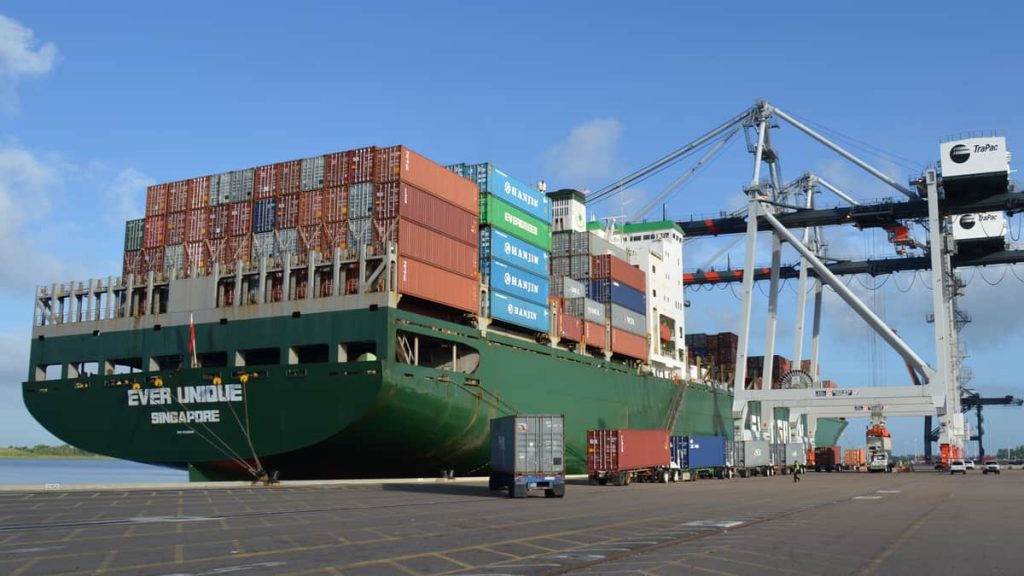By Akanimo Sampson
Some of the expected changes in the demand for different fuels to meet the new shipping requirements have been slower to emerge than anticipated. The International Maritime Organisation’s (IMO) 0.5% sulfur cap on fuel oil started on January 1.
The global low sulfur cap on marine fuel and the ramping up of additional capacity this 2020 are likely to have contrasting impacts on the downstream sector.
Now Refiners snapping up premium grade crudes to bring down sulfur limits will mean sweet-sour crude spreads widen further but extra refining room will offset the growth in product demand, especially around marine-ready fuels. Uncertainty pervades the outlook for 2020.
The International Energy Agency (IEA) said in November that IMO 2020 uncertainties have challenged “our assumptions in particular about the regional drivers of refining activity”. The IEA also downgraded its refinery throughput forecast “that previously anticipated a boost” from the IMO effect.
Bucking predictions, the strength of the sour crude had lingered longer than expected while the anticipated high sulfur fuel oil crack collapse did not start until September, causing market watchers to question whether prices would decline.
S&P Global Platts Analytics noted that the strengthening of the middle distillate cracks was “yet to come” and is expecting a boost “across December-January.”
Despite the delay, this will benefit conversion refineries and hurt those that “have not eliminated residual production,” said Stephen George, chief economist of energy consultancy KBC.
The sour-sweet crude spread is key as high sulfur, or sour, crude has retained strength contrary to expectations. “Sour crude hydroskimming margins tested new historical lows in November,” the IEA said, adding that even Urals cracking margins in Europe were “at barely positive levels.”
The recent strength of heavy sour crude is already starting to fade and “come January it will start to slide,” KBC’s George predicts, although he noted that its strength “has been defying gravity for themoment, given the weakness of high sulfur fuel oil.”
Until sweet-sour crude differentials widen, both medium conversion and simple refineries will see very weak margins, according to Platts Analytics.
A glut of sweeter lighter crudes could mean US and European refineries that process them will be able to take advantage of the need for cleaner fuels, while those set up to take sourer crudes, such as in Asia, could face challenges, according to analysts.
Newly launched refineries and the likely capacity additions could outweigh the expected growth in product demand.
According to Platts Analytics, “fundamentally, there will be more refinery capacity available late in 2020 than is needed to cover product demand. And that means that increasing supply will eventually push margins lower.”
In 2019 Turkey’s STAR, China’s Hengli and Zhejiang, Malaysia’s PRefChem or RAPID, and most recently Brunei’s Hengyi Industries have been moving toward full capacity. With imminent startup at China’s Zhongke and Saudi Jazan, the list of refining capacity additions is getting longer.
Indeed, the 214,000 b/d STAR refinery reached full capacity in June 2019, Hengli’s 400,000 b/d refinery is now running at full rates, RAPID’s 300,000 b/d is in the middle of start-up activities and Hengli’s 160,000 b/d began full operations in November.
According to KBC’s George, “if those new refineries are economical to run they will run at full capacity and push product in the market” which would mostly impact European refineries.
As 2020 comes to a close, and the beneficial impact of IMO fades, the growth of refining capacity could bring back the threat or more refinery closures, according to analysts.
But in the short term, the IMO rule will be an opportunity for those that can produce more middle distillates and are able to limit the fuel oil yield.

